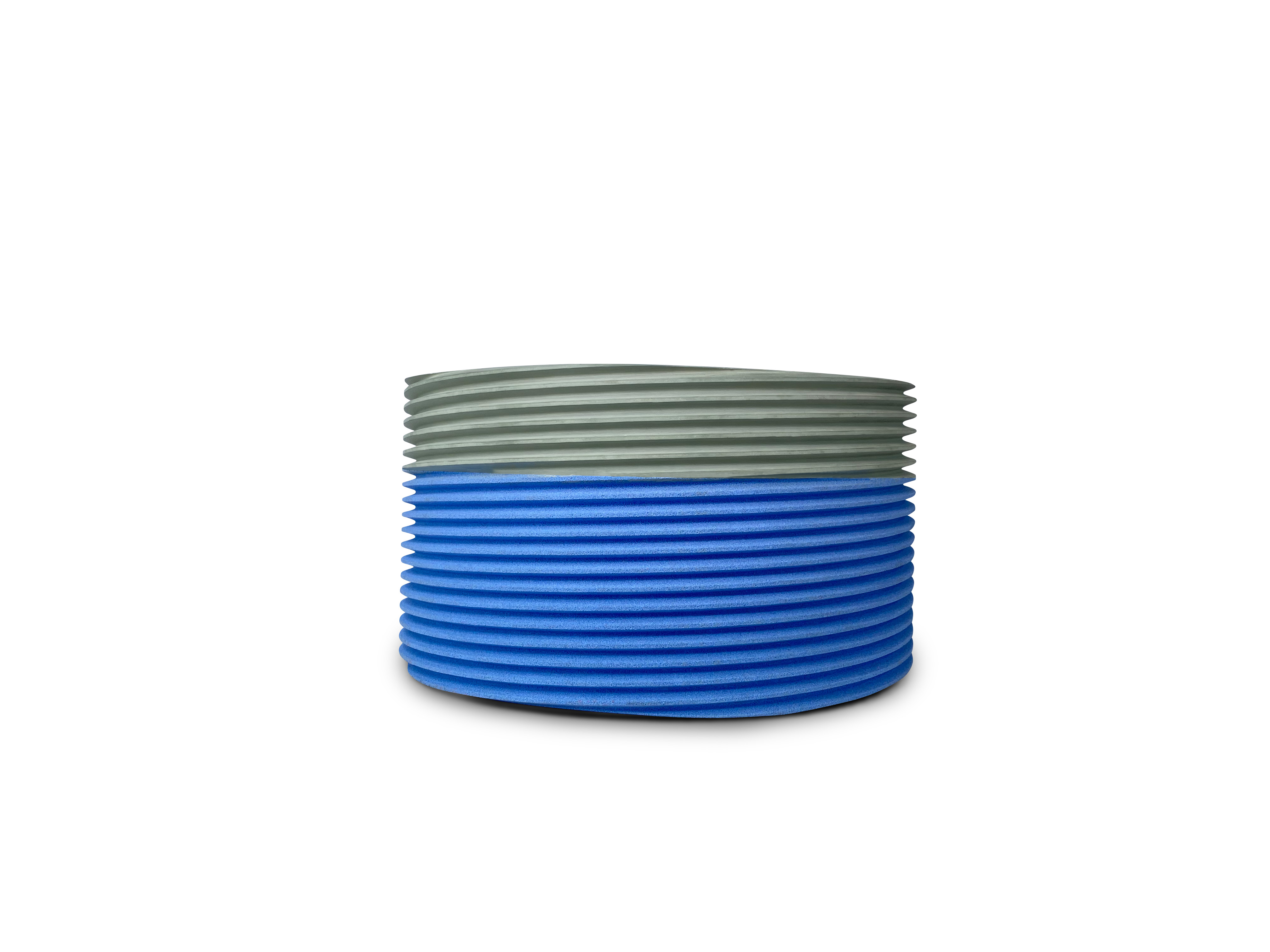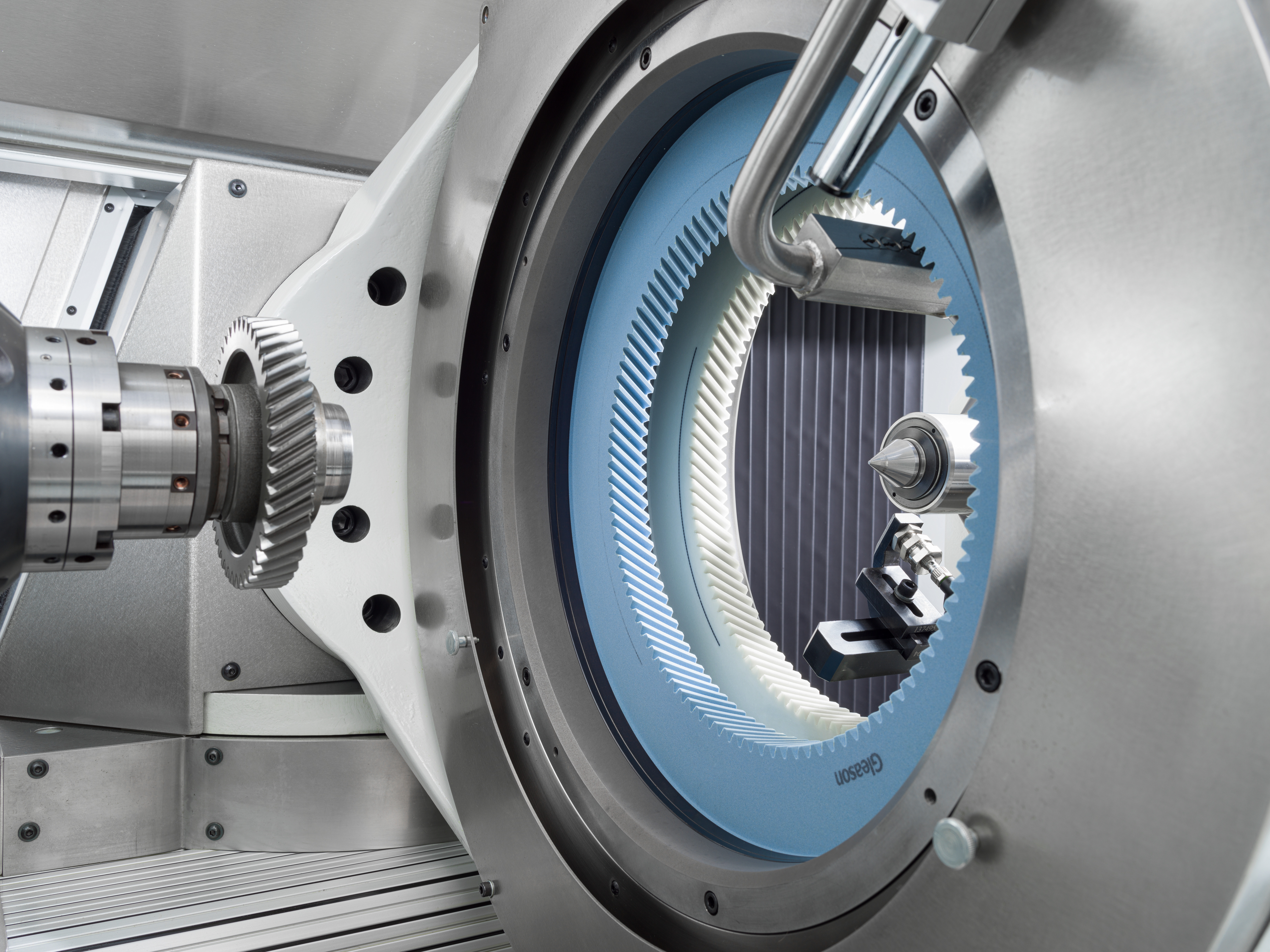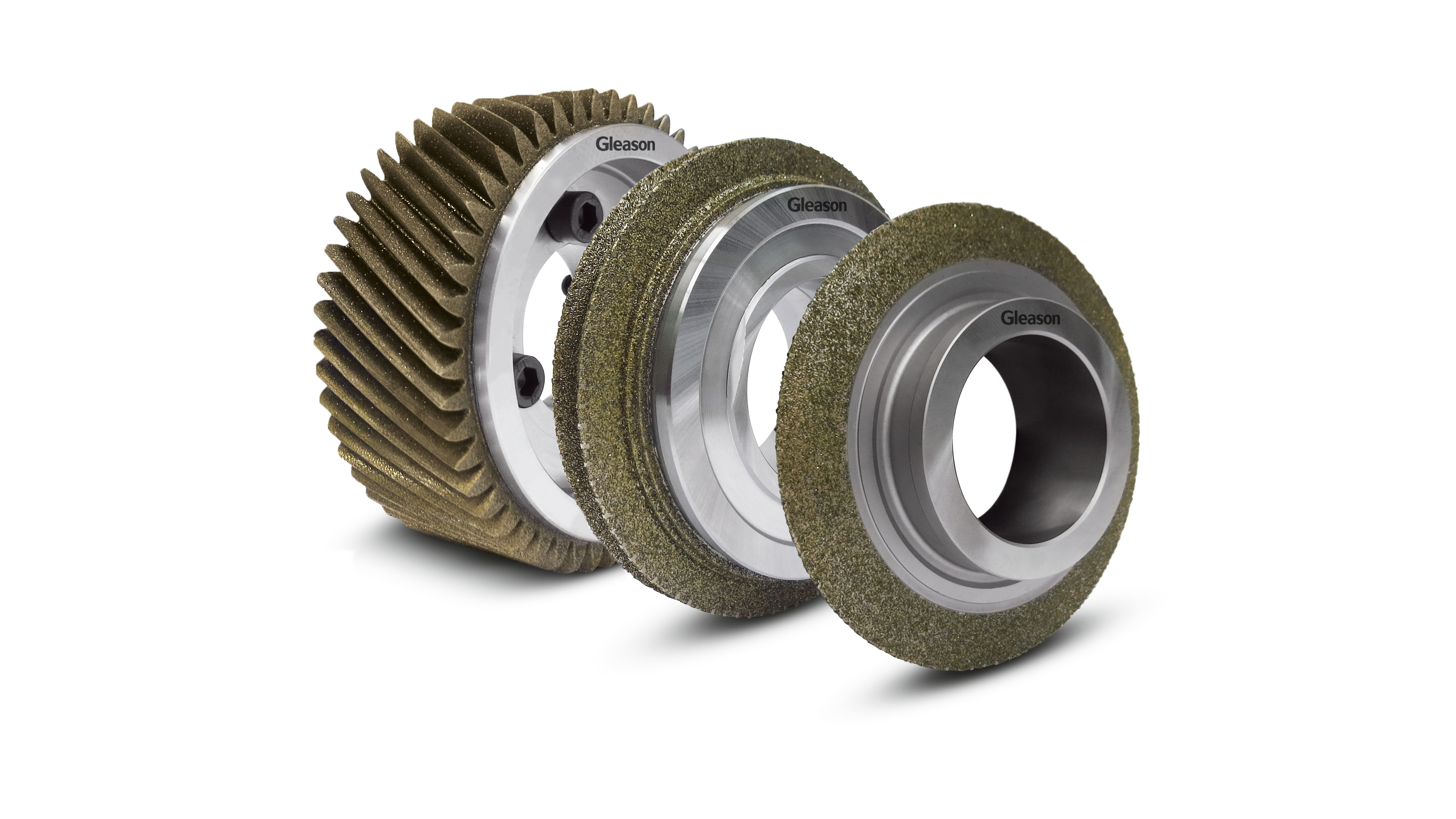Polished Up! Tool systems for grinding and honing challenging gears
The trend towards hard fine finishing of gears for automotive transmissions is accelerating.
In recent years, the focus has been on increasing the efficiency of gears in order to make optimum use of the narrow gear ratio range, gear by gear, and to reduce fuel consumption. Surface finish in particular is under increased scrutiny, since it plays such a decisive role in achieving the noise and efficiency requirements of gear units for today’s EV applications.
These higher gear quality standards are driving significant innovation in the gear grinding and gear honing manufacturing processes needed to achieve them. Fine finishing and, in particular, polishing machining, offer a solutions approach tailor-made to meet these objectives. Inherent in these processes is the fact that two machining steps are performed in series, or sequentially, in a single setup. Alternatively, processes can be combined, such as grinding with gear honing, which has the disadvantage of having to feed the workpiece into a machine tool twice. What all these processes have in common is that they offer a wide range in tool specifications, including variations in grit size and bond type, to achieve the desired result in the finished workpiece.
For fine finishing in one clamping, two zones of combination tools are used in generating grinding, both of which are ceramic-bonded, but with different grit type and, above all, grit size. Zone 1 is identical to a conventional standard generating worm, which performs the main cutting action during roughing. Finishing is performed exclusively in zone 2 with finer grit size in order to achieve the requirement regarding surface roughness and contact ratio.
The procedure for gear honing is analogous, whereby Gleason's machine tools can accommodate two honing tools in the same, single honing head during Combi Honing. It should be noted that zone 2 - in this case, honing wheel number 2 - can also be produced using a resin bond.
Polishing is also carried out with a combination tool, although the polishing effect can only be achieved with a more elastic type of bond (polyurethane) and even finer grit.
What do these process requirements mean for the dressing tools used to dress these combination tools and specification variants? Whereas in gear honing the diamond-coated dressing tools are typically designed for a specific workpiece, generating grinding addresses a wider variety of applications. For prototypes, a universal shape dresser (GDU) can be used, which operates in point contact and thus maps any type of profile modification via the machine kinematics. For smaller batch sizes, flexible tools (GDF) with a specific pressure angle and module range are used, which dresses the grinding tool with a single flank. Workpiece-specific dressing systems (GDW) have an integrated tip dresser with a defined radius to avoid a step in the tooth root area or even to grind the full root radius.
All of the above Gleason dressing systems can also be used for a dedicated generating grinding process without any modifications.
As one might imagine, the task for dressing tools is quite complex. It is necessary to profile different grain types and sizes and different bond systems, and applications range from an electroplated dressing wheel in gear honing to a profile roller in generating grinding.
At the same time, today’s dressing tools must also take into account the greatly increased demands on surface finish, but without sacrificing the best possible performance from standard machining processes. This is an enormous challenge for the diamonds used by the diamond dressing tool, one of the essential system variables in dressing processes.
In order to reliably maintain a maximum form error of < 2 µm, manufacturers of dressing tools have to take many things into account. Shape and position tolerances of the basic body must be maintained with extreme precision. The smallest deviations in the axial runout of the tool can cause the µm limit to be exceeded when checking the gear quality. Analyses of noise, vibration, and the surface structure (NVH test) check the requirements in all areas very precisely. A homogeneous grain distribution and a clean coating must be ensured before machining of the electroplated coating can take place. Here, in addition to the shape of the coating ends, a treatment of the diamond grains must also be carried out to ensure long shape retention and thus a long service life.
Another objective is the dressing of different grain materials and sizes as well as different bonding systems. Ideally, these tasks should be performed using the same tool. In generating grinding, 2-zone tools with Gleason profile rolls can be used without compromise. No adjustment of dressing parameters or speeds is required. Gleason profile rolls are designed to provide the required cutting capability for roughing as well as to fully meet the requirements for finishing or polishing.
In gear honing, the approach is congruent, only the degrees of freedom are greater, since there are two separate honing tools without a connection. In this case, if necessary, a special diamond dressing gear per honing ring can also be executed in order to utilize the full potential in fine and polishing machining. In addition, for gear honing it is of course also possible to design a dressing tool (diamond dressing gear) for both honing tools, e.g. for "combi honing".
Through the use of this new generation of Gleason dressing tools, the latest grinding wheels and honing tools are well prepared for the increased demands placed on them. The "splitting of micrometers" is a great challenge, one that meshes well with our area of expertise and passion for the work we do.
![[Translate to English:] InDiamond.world](/fileadmin/_processed_/a/1/csm_InDiamond_Logo_2021_1fb017de30.png)


